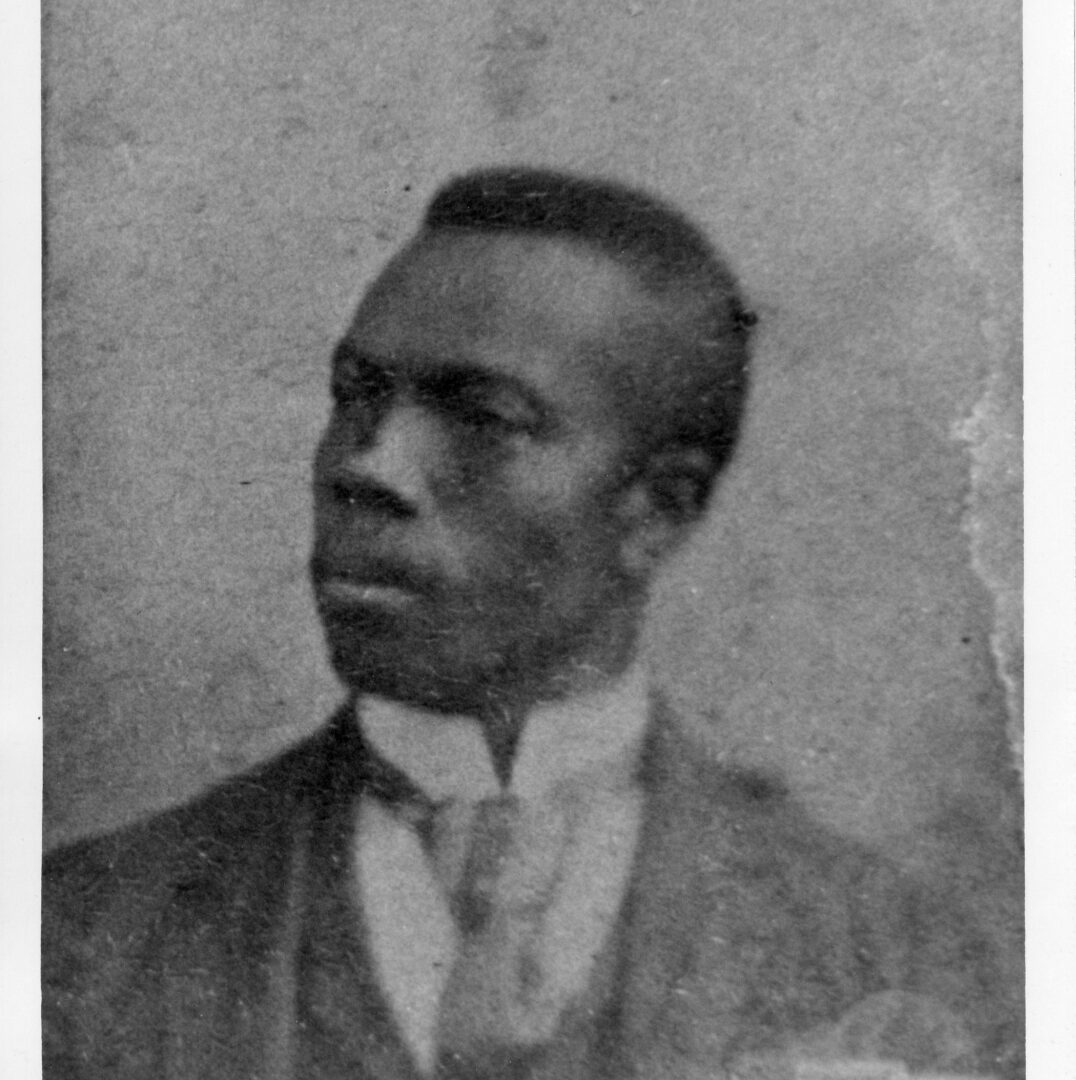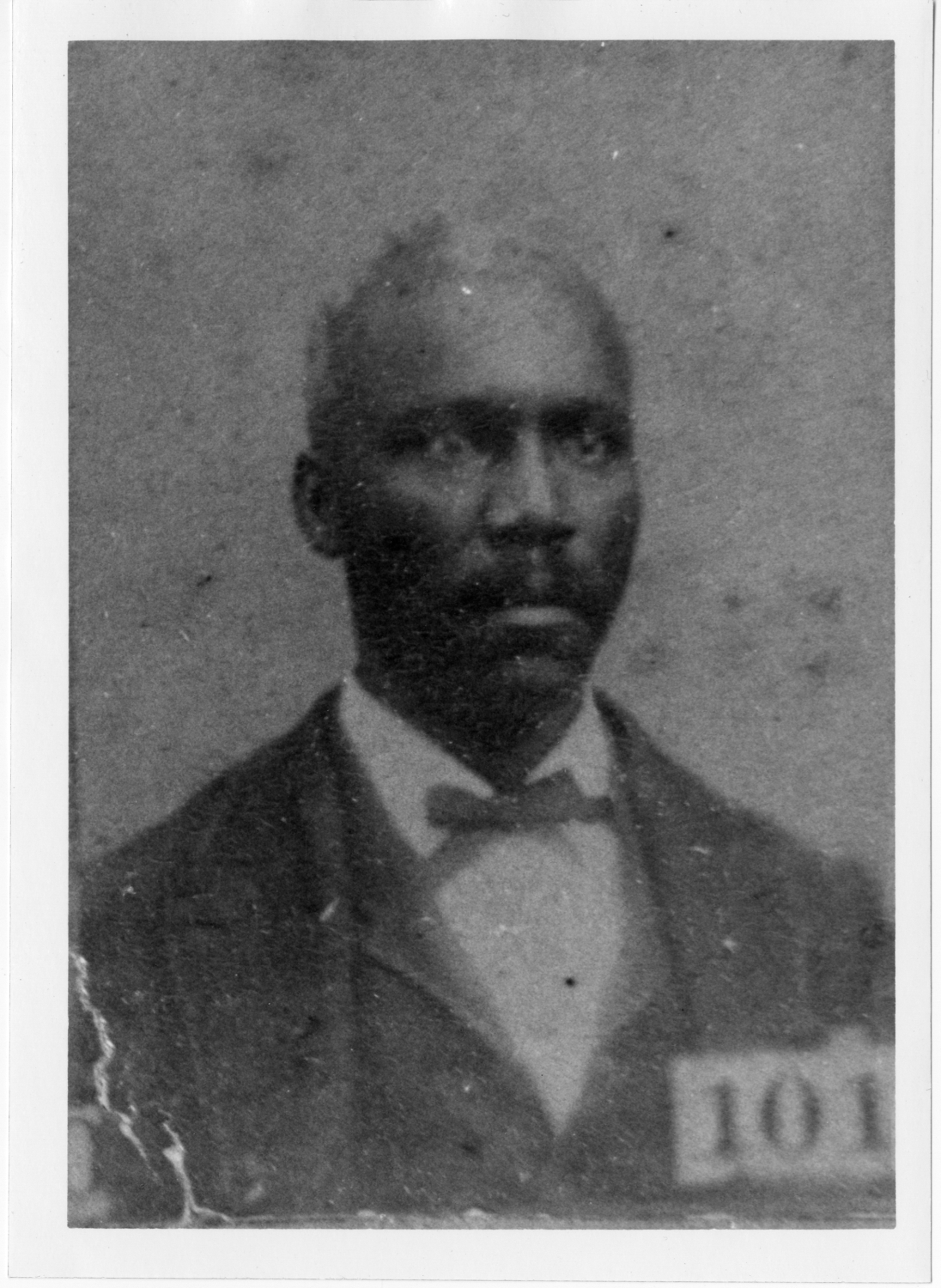Black Legislators After the Civil War
Introduction
The end of the Civil War in 1865 marked a momentous victory for African Americans. The Thirteenth Amendment to the Constitution (1865) abolished slavery, while the Fourteenth Amendment (adopted in 1868) ensured equal protection of the laws to all Americans, regardless of race. In 1870, the Fifteenth Amendment, which granted voting rights to African American men, was ratified. These three amendments – known as the Reconstruction Amendments – offered a sense of hope to black Americans, who eagerly began to exercise their newly gained rights.
In Arkansas, the new state constitution declared racial discrimination illegal in 1868. Two years before the Fifteenth Amendment ensured the protection of African American men’s right to vote at the federal level, black men were eligible to vote in Arkansas. Equally importantly, they were also eligible to engage in the democratic process by running for political offices. Historian Blake Wintory estimates that between 1868 and 1893, eighty-four black legislators served in Arkansas. Wintory writes, “Six made their careers in the Senate, seventy-four served exclusively in the House, and four were elected to both chambers.” The presence of black politicians in state legislatures and other elected offices was critical to the political, economic, and social advancement of African Americans across the country.
With the collapse of the Reconstruction and the imposition of racist practices and laws that impeded voting rights and political participation for black Americans, African American politicians were pushed out of the Arkansas (and many other states’) legislature. Between 1893 and 1973, not a single black person served in the Arkansas legislature. In this activity, you will examine the photos of six African American Arkansas legislators who served in the 1870s, 1880s, and early 1890s. This activity will help us understand the significance of black political participation after the Civil War and reflect on the question of why white Arkansans feared black politicians so much that they excluded them from the state legislature for 80 years.
Activity Questions
Henry Williams
- Who are the men in the six photos? See the photo captions for more information.
- When did they serve? What counties did they represent? See the photo captions for more information.
- Look up the six legislators from the photos. What did you learn about them? Were you able to find a lot of information about their lives? If no, why do you think there is so little information about them?
- Only one of these six legislators, John Gray Lucas (Photo 5), has his own Encyclopedia of Arkansas entry. Read it here: https://encyclopediaofarkansas.net/entries/john-gray-lucas-1700/. What does Lucas’s biography tell us about the experience of black legislators in Arkansas after the Civil War?
- If possible, research the population of the counties that these six legislators represented at the time when they served (1870s, 1880s, early 1890s). Who lived in those counties at the time? Who voted in those counties?
- Research the history of black legislators in the United States and especially in the South after the Civil War. Why did Arkansas not have a single black state legislator for 80 years (from 1893 to 1973)?
Primary Sources
To learn more about the primary sources featured in the activities above, click the following links:
Arkansas Social Studies Standards
Social Studies (US History 1800-1900), Grades 8
- Strand: Era 5: Civil War and Reconstruction 1850-1877
- Content Standard 2: Students will analyze the American Civil War and Reconstruction and their effects on the social, economic, and political development of America.
- Era5.2.8.3 Analyze social and economic effects of the Civil War on America
- Era5.2.8.5 Evaluate the legacy of the Civil War on the nation
- Era5.2.8.6 Evaluate successes and failures of Reconstruction
African American History, Grades 9 -12
- Strand: A Country Divided 1820-1877
- Content Standard 3: Students will compare and contrast the development of the northern, western, and southern regions of the United States and the effects on African American men and women.
- CD.3.AAH.2 Examine regional perspectives toward the political rights of African American men and women between 1820 and 1877
- CD.3.AAH.3 Analyze the responses of free and enslaved African American men and women to regional social, economic, and political conditions during the Civil War and Reconstruction Era
Arkansas History, Grades 7 – 8
- Strand: History
- Content Standard 7: Students will examine the impact of historical events and people on the development of Arkansas
- H.7.AH.7-8.4 Examine effects of Reconstruction in Arkansas using multiple, relevant historical sources
Arkansas History, Grades 9 – 12
- Strand: Era 3: Civil War Through the Gilded Age 1861-1900
- Content Standard 3: Students will analyze factors that influenced the perspectives of Arkansans from the Civil War through the Gilded Age.
- Era3.3.AH.9-12.2 Research social, economic, and political effects of the Civil War on citizens in various regions from multiple perspectives
- Era3.3.AH.9-12.4 Examine effects of Reconstruction in Arkansas using multiple, relevant historical sources
Key Terms
- 13th Amendment
- 14th Amendment
- 15th Amendment
- African American history
- African American politicians
- Arkansas Constitution (1868)
- civil rights
- Civil War
- Fifteenth Amendment
- Fourteenth Amendment
- legislators
- legislature
- political rights
- Reconstruction
- Reconstruction Amendments
- Thirteenth Amendment
- voting rights
More Information
- https://cd1.saumag.edu/library/files/2018/09/African-American-Legislators-Article.pdf
- https://encyclopediaofarkansas.net/entries/civil-war-through-reconstruction-1861-through-1874-388/
- https://encyclopediaofarkansas.net/entries/post-reconstruction-through-the-gilded-age-1875-through-1900-402/
- https://encyclopediaofarkansas.net/entries/john-gray-lucas-1700/
Downloadable Guides and Handouts
We encourage K-12 educators to use History Alive: Virtually! in a way that will best match their classroom needs. The “Exercise” handout includes a complete exercise as featured on this website, the “Primary Sources” handout includes only primary sources used in the exercise, and the “Questions” handout includes analytical questions from the exercise but is editable and can be easily changed to best match students’ needs.
Black Legislators After the Civil War – Exercises


